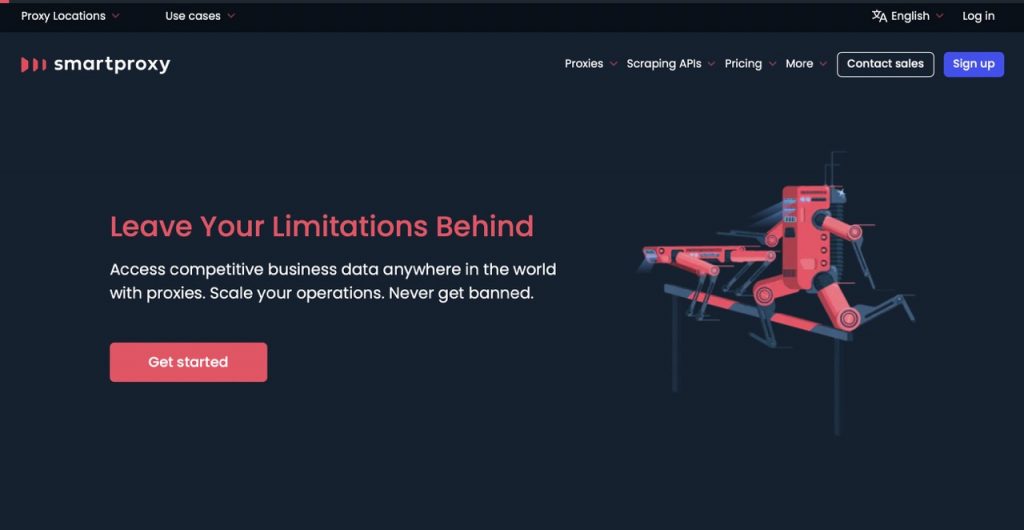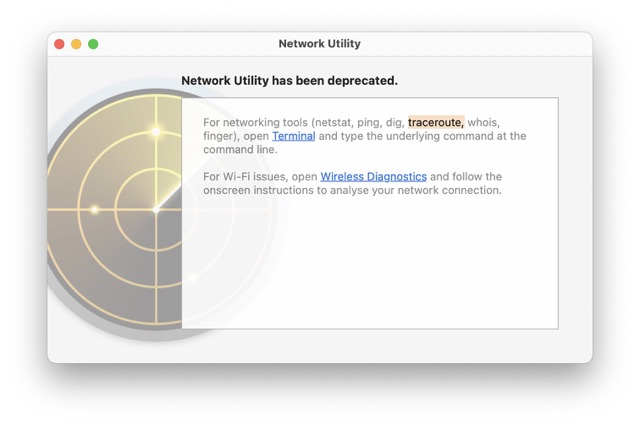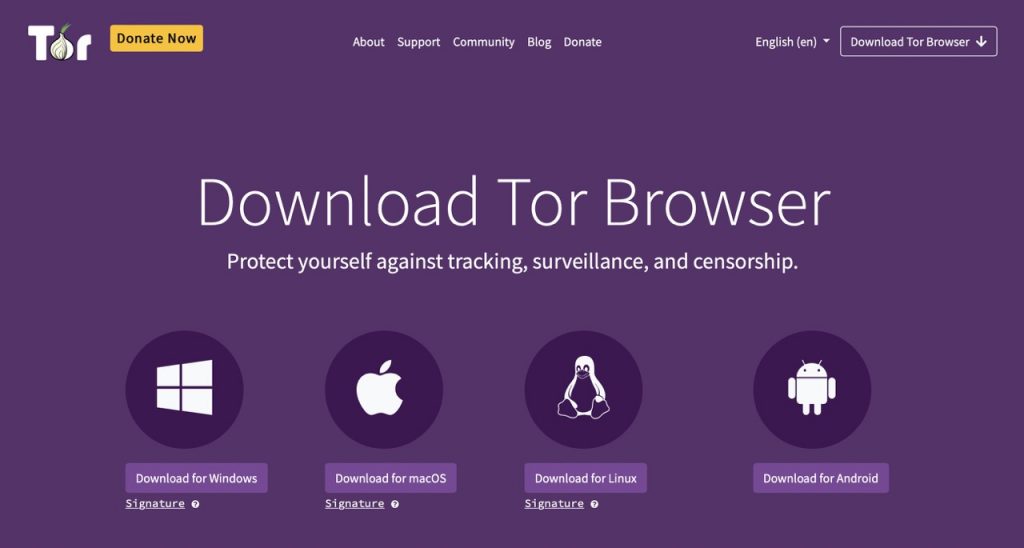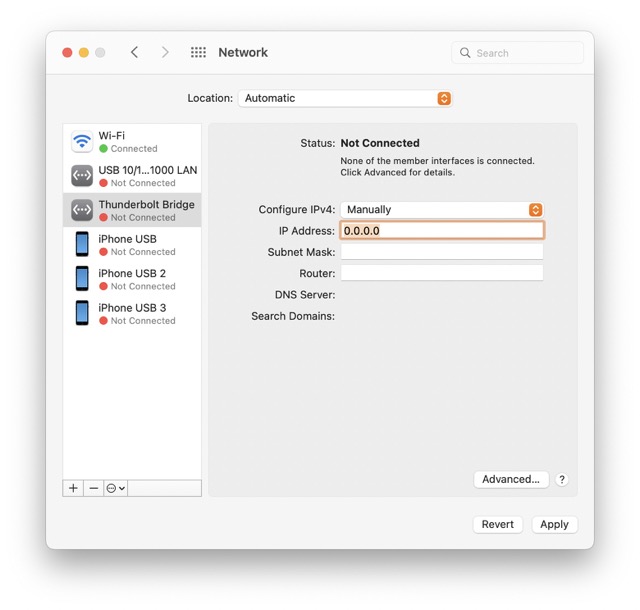Now you can open blocked website with the various tricks and methods mentioned in this article. So let’s begin !
Whether the website you want to view is blocked by your Internet service provider (ISP) or is subject to geographical limits imposed by its owners, you can bypass these limitations on your own. You might want to do something for friends in countries where they are unable to use the Internet freely. The VPN service you use the most may be unavailable due to restrictions imposed by your Internet Service Provider.
There are many causes for the yearly increase in website blocking. Due to rising censorship, governments in many countries are actively limiting internet access, forcing people to avoid even widespread platforms like Facebook and Twitter. The need to find workarounds to access banned websites is a problem not limited to the workplace.
A variety of simple methods to avoid censorship and visit otherwise inaccessible websites are detailed in this article. The usage of a virtual private network (VPN), browser extensions, a DNS hack, and proxy websites are all examples of simple and successful solutions.
Following this manual, you will be able to remove any restrictions. We’ll show you the most straightforward methods to bypass banned content.
ISP Website Blocking Methods
ISPs and governments often censor access to various websites. As a consumer, you have no say in the matter. The URL of a site can be easily blocked. ISPs may easily implement a middlebox directed at consumer Wi-Fi routers/MiFi devices due to the fact that all internet traffic is routed through a single port on the network. The DNS server IP addresses of IP addresses that have been blocked can be readily changed. You get a “Can’t reach this page” message when you try to access those sites in a browser window.
Getting Around Restricted Web Access
Several options for bypassing filters and visiting restricted sites are provided below. These methods are all often used to get beyond firewalls set up by internet service providers or governmental censorship.
1. Use Anonymous Proxy Servers to Access Blocked Sites

In the workplace, it is common for companies to impose limits on employee access to specific online resources, including video-sharing sites, social media, and even personal email. Proxy websites are a lifeline when you require access to banned sites.
Also, remember that an unblock proxy lacks the security features of a Virtual Private Network (VPN).
There are numerous proxy websites available online that can be used to bypass censorship and access the full internet. A proxy site disguises the restricted website from your Internet service provider, allowing you access to it.
If for whatever reason, Facebook is blocked at your school, you can still access it by going to a proxy site and entering the service’s URL there.
Smartproxy.com
Hidemyass.com
Spysurfing.com
2. Modify DNS Settings
As previously indicated, ISPs can block access to certain websites and IP addresses using their DNS address. There are several options for public DNS services that can help with this kind of issue. Use Google search whenever you need to locate Google’s Public DNS IP addresses.
- The DNS settings for a Windows machine can be modified using the “Control Panel-> Network and Internet-> Network Connections” menu.
- Select your Internet connection and right-click on it. Right-click and choose “Properties.”
- Double-click the option that reads “Internet Protocol Version TCP/IPv4/IPv6” as appropriate.
- When you click this, a new window will appear where you can modify the IP and DNS server settings.
- Two IPv4 addresses, “8.8.8.8” and “8.8.8.4.4,” currently function as Google’s public DNS servers. IPv6 addresses for this device are “2001:4860:4860::8888” and “2001:4860:4860::8844.” Follow the prompts to fill out the “Use the following DNS server addresses” field. It’s a good idea to double-check that you’re using the most up-to-date DNS server address.
- Switching your computer’s DNS settings from your Internet service provider to Google’s Public DNS will allow you to access any blocked content on the web.
Although Google is a major player in the domain name system (DNS), it is not alone. When it comes to public network security and encryption, Cloudflare and OpenDNS are the two most dependable DNS server providers. In addition to the aforementioned DNS server providers, a quick Google search will reveal many others.
3. Substitute IP Addresses for URLs
Most of you probably already know that every URL points to an IP address, thus it’s possible that the censoring government simply recorded the URL rather than the IP. If that’s the case, you can access blocked content in Chrome by entering the IP address of the site in question.
Enter tracert websitename.com at the Windows command prompt to find its IP address.

To determine an IP address for a website, open Network Utility in Mac OS then select the Traceroute option in the menu bar.
Traceroute apps can be located in the iOS App Store and the Google Play Store, respectively.
In Linux, the IP address can be retrieved by entering dig websitename.com into the Terminal.
To access restricted content, download the Tor browser.
In light of the prevalence of internet censorship, the Tor Browser was developed as a free, open-source application to protect users’ anonymity while surfing the web.

It conceals your Internet Protocol address (IP) from the receiving server and the transmitting server’s IP address from your Internet service provider (ISP) by routing your traffic through a distributed network of volunteer servers. Therefore, the Tor browser is a fantastic resource for bypassing filters.
Tor can replace your current browser if you wish to give it a try. Tor can slow down your Internet connection, and some sites may still be inaccessible even if you utilise it.
Heightened safety measures have been implemented.
Check out restricted material using Google Translate
Using Google Translate to bypass a firewall and view restricted content is not a far-fetched idea.
Copy the URL of the blocked site and paste it into the box where you would normally write in the translated text. Then, all you have to do to get to the page is click the link that appears in the translated part.
Just know that sometimes the displayed content is of a low quality. It’s possible that you’ll see nothing but text rather than the conventional design. It’s also possible that you won’t be able to access any of the website’s links.
Therefore, Google Translate is only helpful when unblocking a site for its content, such as an article or forum discussion.
Deficiency in security measures
The use of the Wayback Machine
The simplest option is shown last. Any information you share online will be accessible indefinitely. One of the best instances of such a lengthy and distant memory is the Wayback Machine. Almost every webpage has at least one cached version, and that version is preserved in The Wayback Machine. You may readily locate many more as the largest central storage facility for archive materials.
You can still access the websites’ archival snapshots via date-wise search even if your internet service provider or government shut them down. Of course, you should only use this approach as a stopgap measure.
Use Chrome to see restricted sites
There’s also a chance that you or someone else has configured Chrome to prevent access to a certain website. If that’s the case, you may fix it in a few easy steps by adjusting some settings to provide access to that website.
In Chrome, enter the URL of the blocked site and look to the left of the address bar for the symbol to remove the block. If you want to alter the blocked settings, click on it and navigate to Site settings.
Final Thoughts
Therefore, as can be seen above, there are many different methods for gaining access to restricted content, and they are all readily available. Each has its own strengths, though; what works well for one person may not work so well for another. Still, there is a huge variety of possibilities from which to select the optimal solution for each individual user.

























![The Apex Legends Digital Issue Is Now Live! Apex Legends - Change Audio Language Without Changing Text [Guide]](https://www.hawkdive.com/media/5-Basic-Tips-To-Get-Better-On-Apex-Legends-1-218x150.jpg)










